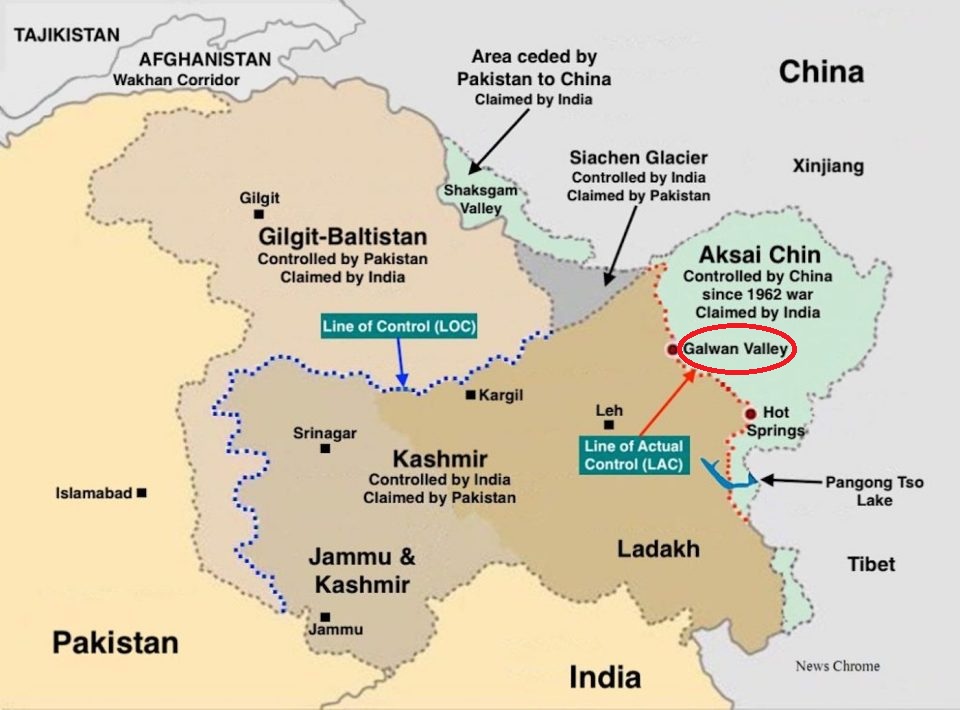900 319 0030
enquiry@shankarias.in
Why in news?
Violent clashes took place between Indian and Chinese soldiers at the Galwan valley in Ladakh along the Line of Actual Control (LAC), with reported casualties on both sides.
What exactly happened in the Galwan Valley?

How serious is the current standoff?
What does the nature of standoff reveal?
Why were weapons not used?
What happened to the Chinese side?
Has the situation been defused?
Is an early resolution likely?
How does the future look?
Source: Indian Express
Related articles: DSDBO Road, Increase in Chinese Transgressions, Indo-China Border Disputes